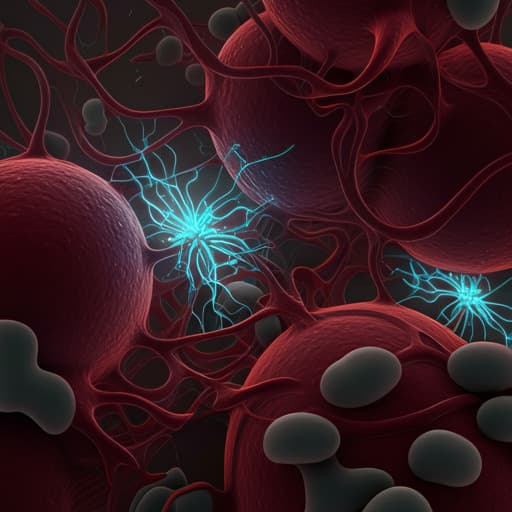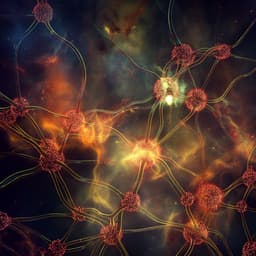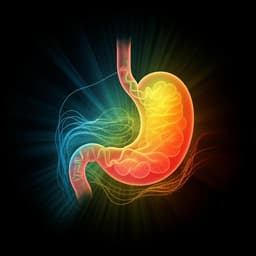
Biology
Sustained Cytotoxic Response of Peripheral Blood Mononuclear Cells from Unvaccinated Individuals Admitted to the ICU Due to Critical COVID-19 Is Essential to Avoid a Fatal Outcome
G. Orsi, G. Casado-fernández, et al.
This pivotal study by Giovanni Orsi and colleagues reveals the crucial role of peripheral blood mononuclear cell cytotoxic activity in the grim reality of unvaccinated individuals facing critical COVID-19. Key findings highlight significant differences in immune responses between those who survive and those who do not, emphasizing the importance of immunomodulatory treatments for improving survival rates in ICU settings.
~3 min • Beginner • English
Related Publications
Explore these studies to deepen your understanding of the subject.







